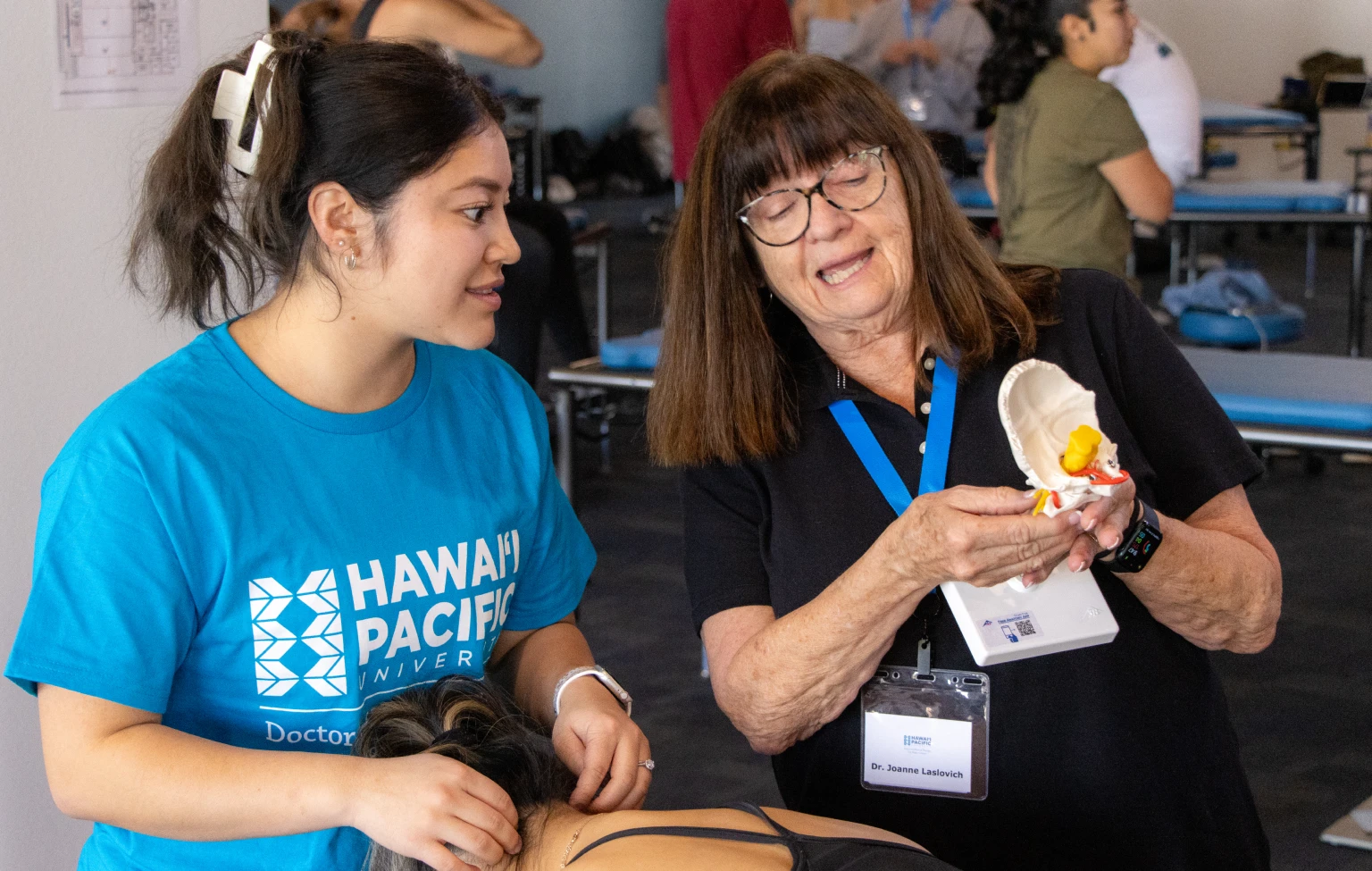Higher education leaders are facing growing demands to prove one thing: that their programs produce graduates ready to contribute on day one.
For health care education in particular, this means more than academic rigor.
It means designing programs that embed clinical readiness, human-centered skills, and professional adaptability starting at enrollment.
"Their journey is really just starting when they graduate from your programs," said keynote speaker Dr. Amy Lamb, founder of Meraki&Me, while speaking at the 2025 Evidence In Motion (EIM) Faculty Symposium. "We have to prepare them for what comes next."
What Career-Ready Means in 2025
Today's health care employers expect more than textbook knowledge. They're looking for graduates who can problem-solve under pressure, collaborate across disciplines, and navigate emerging technology with confidence.
"Are they ready to work as a part of an interdisciplinary team?" Lamb asked. "Are they ready to collaborate and contribute to decisions about what is best for a patient or client?"
It's not enough for students to know the right answer. They need to speak up when something's wrong. "Students need to be confident speaking up... and they need to be able to do so in a professional way," she said.
That shift toward applied knowledge, judgment and communication is reshaping how programs must define "readiness."
Design Curriculum Like a Launchpad
Curriculum design plays a critical role in graduate outcomes. Programs that embed competency-based models, real-world simulations, and industry-informed feedback loops are more likely to produce practice-ready professionals.
That starts by designing backward from the health care environments students will enter.
"Health system leaders are continually looking for ways to redesign their work teams," Lamb noted. "They want practitioners who understand technology, collaboration and quality improvement."
Artificial intelligence is one example. Instead of banning AI use, programs can teach students to use it ethically and critically from generating treatment plans to analyzing patient data.
Lamb encourages faculty to push that learning forward: "We want them to create (and) use AI... then edit the plan using their clinical judgment."
Understand and Support Your Student Population
Career readiness doesn't begin at graduation. It starts with meeting students where they are.
Today's graduate students face significant external pressures. Many juggle coursework with work, caregiving and financial stress. The "traditional" full-time learner is no longer the norm.
"The days of being able to tell our students that you can't work while you're in programs is really behind us," Lamb said. "We need to recognize that they're going to need to work. So how do we meet them where they're at?"
That question matters not just for retention but for workforce preparation. Programs that teach time management, professional communication and adaptive problem-solving are equipping students for realities they'll face immediately after graduation.
Digital Skills Aren't Optional
While students are digital natives, health care systems remain largely analog. Bridging that gap requires more than exposure to tech. It requires digital literacy as a core competency.
"New practitioners are going to not only need to be competent with digital literacy, but they're also going to be expecting that from their education environments," Lamb said.
That includes understanding electronic health records, AI diagnostics, and telehealth. And it must go hand-in-hand with something else that's harder to measure: human-centered skills.
Don't Skip the Soft Skills
Emotional intelligence, empathy and conflict management remain among some of the most in-demand and least taught skills in clinical education.
"The human-centered skills are probably the area that are most challenging for some of our students as they're thinking about how to move forward," Lamb said.
Programs can address this by embedding opportunities for students to reflect, communicate and fail forward in low-stakes environments like simulation labs or group coaching.
These aren't "nice to haves." They're essential for delivering patient-centered care.
The Bottom Line for Leaders
It's time for a new standard in graduate education, one that connects curriculum design, student support and workforce expectations in a cohesive strategy.
It's not just about content delivery. It's about ensuring every course, assessment and mentorship moment helps students make the leap from learner to clinician.
"We have to prepare them for what comes next," Lamb said. "And that starts with how we design the experience from the moment they enroll."

